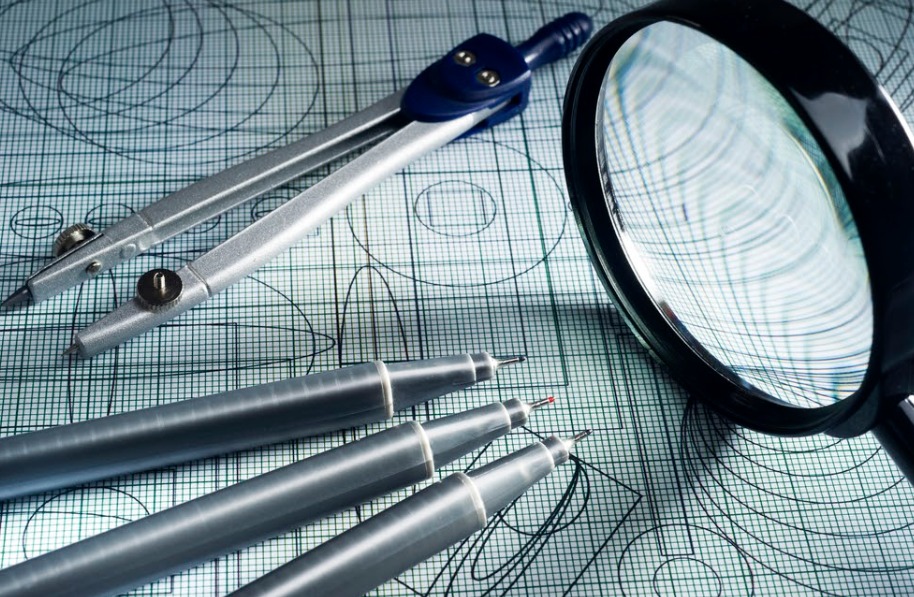Students ought to complete a great variety of academic assignments. They all have different purposes to develop different skills. One of such assignments is a technical paper. It’s a lengthy and complex assignment, which may induce multiple obstacles.
Thus, many students who learn technical studies say – I’ll pay someone to write a paper for me. They put their trust in professional essay writers from WriteMyPaperHub, for example, because they easily manage any academic assignment.
Our guide proves that you can likewise write a technical paper without somebody’s help. You should pass 10 easy steps.
Understand the Purpose
Your first objective is to clearly understand what you’re supposed to do in your project. A technical paper is a specific document, which describes the progress, process and/or outcomes of scientific and/or technical research. You should apply your critical and analytical thinking to make the appropriate research and draw logical conclusions.
Choose a Topic
The success of your technical paper is strongly dependent on the topic. You’re expected to choose a relevant topic, which doesn’t have a clear solution. Your readers will be interested in your research because it’ll provide the answer to the unsolved problem.
Consult Your Instructor
Don’t underestimate the importance of your academic instructor. He/she is an experienced person who knows everything about technical papers. Discuss the most troublesome aspects of your project to be confident that you understand how to complete them properly.
Research Your Topic
A technical paper is a scientific project. Accordingly, it must be supported with approved facts. You should study the works of other authors who are somehow related to the chosen topic. Use only verified informative sources to make your research trustworthy.
Craft an Outline
It’s not easy to memorize all the necessary steps and sections of such a lengthy assignment. Consequently, we recommend crafting an outline. It should include every step and section, set deadlines, and organize the whole working process.
Know all the Sections
You should obligatorily learn all the sections of your technical paper. Different colleges may have more or fewer sections. Moreover, some of them may be named differently but their purposes remain the same. We’ll briefly highlight them.
- Abstract. Provides the average overview of the whole project, including the purpose and outcomes.
- Literature review. Contains information about the literature used to accomplish research.
- Introduction. Implements the initial facts and a thesis statement.
- The main plot. Develops the thesis statement supported by examples.
- Methods. Mentions research methods you’ve used to accomplish research.
- Results. Highlights raw outcomes of your research.
- Discussion. Provides your personal viewpoint concerning the outcomes, as well as some limits.
- Conclusion. Restates and summarizes the whole project. Don’t forget to mention future work.
- Acknowledgments. Enlists all the people who were related to your project and who somehow helped you to accomplish your research.
Write a Detailed Abstract and a Catchy Introduction
It’s of huge importance to write a clear abstract. It illustrates the main purpose and outcomes of your research. Reading it, your audience will decide whether it’s a worthy piece. You likewise require a catchy introduction because it shows the clarity and relevance of your technical paper. It’s supposed to have relevant facts, an attention grabber, and a thesis statement. If you want to be sure that it’s strong enough, ask yourself certain questions. If you find the right answers, your introductory section is alright. Consider the following questions:
- What is the problem?
- Why is it interesting and important?
- How does your paper help other people?
- Why is it difficult to disclose?
- Why did other researchers fail to find the solution?
- What are the key components and possible limits?
Draft Several Times
Don’t try to accomplish your technical paper writing with a single copy. Nobody is perfect and you’ll definitely make some mistakes. Therefore, write at least two drafts to have the chance to revise and improve the weak parts.
Revise in Different Ways
The stage of revision is very important because it helps to identify the possible drawbacks and mistakes. If you want to be sure that you won’t miss mistakes, apply different revision methods. These are:
- Reading in the head, aloud, and from the beginning to the end;
- Asking other people to read your paper;
- Implement special grammar checkers.
Check the Mechanics
The last step is to check the mechanics of your technical paper. They are commonly omitted during the revision stage. That’s why we remind them once again. Memorize the following checklist:
- Spacing, fonts, margins, etc.;
- Appendices;
- Citations;
- References;
- Tables, graphs, figures, etc.
Try to memorize all the steps highlighted in this informative guide. They are universal and so, perfectly suit any discipline and topic of your technical paper. Using our smart prompts, you’ll definitely succeed.
Is a freelance tech writer based in the East Continent, is quite fascinated by modern-day gadgets, smartphones, and all the hype and buzz about modern technology on the Internet. Besides this a part-time photographer and love to travel and explore. Follow me on. Twitter, Facebook Or Simply Contact Here. Or Email: [email protected]






